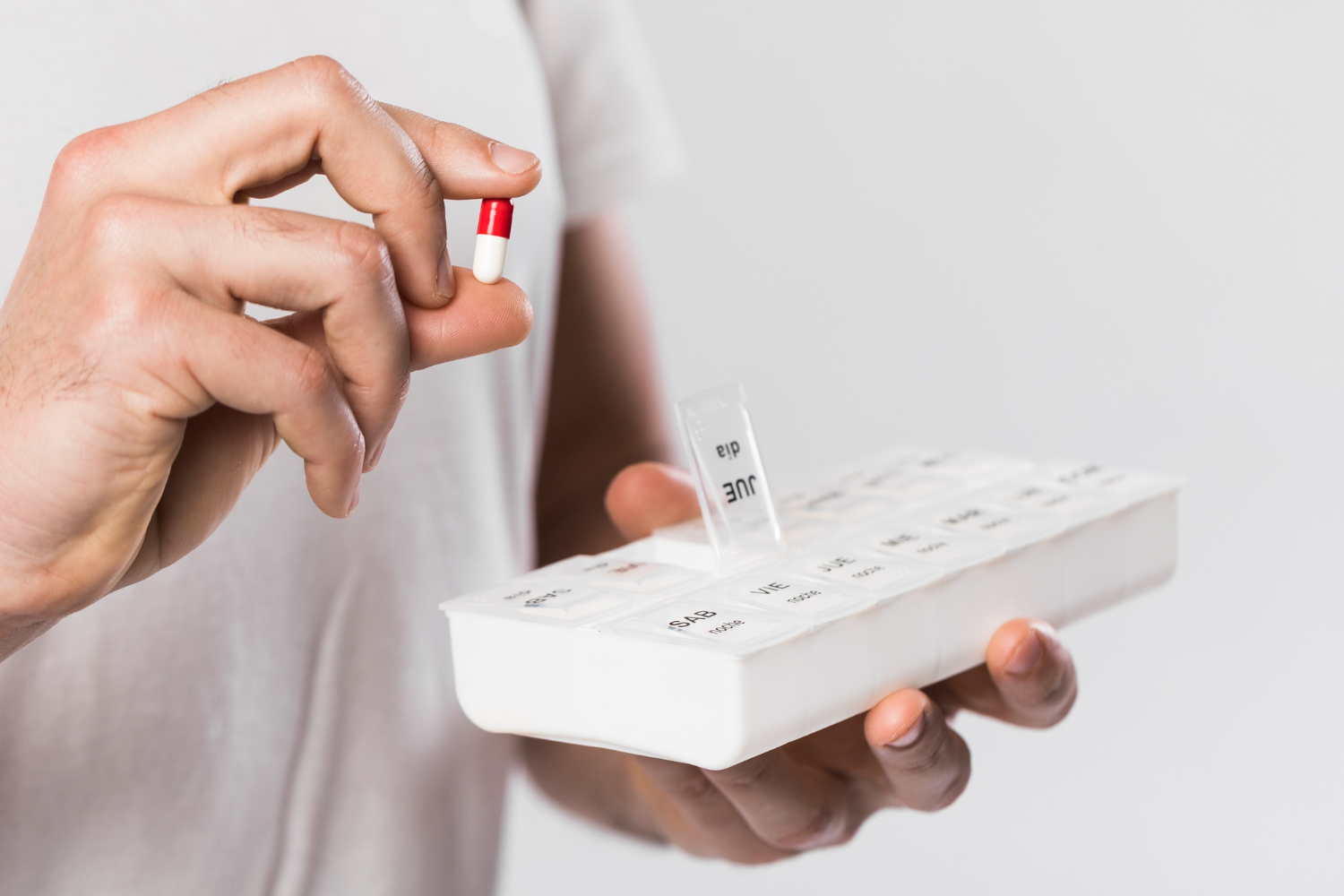
Drug testing panels check for different substances, and many people wonder about ketamine detection. This guide explains how 12-panel drug screens work and what they can find. We'll cover testing methods, detection times, and factors that affect results. This information helps patients, employers, and those at a rehabilitation center understand ketamine testing better.
Ketamine and 12 Panel Drug Tests
Ketamine can show up on 12-panel drug screens through specific testing methods. This drug is a medical anesthetic that some tests can detect by looking for PCP-like substances because they have similar structures. However, basic screening tests aren't always accurate. Labs need to use more advanced testing methods, such as GC-MS or LC-MS/MS, to confirm ketamine use. These 12-panel screens usually include ketamine testing, but mistakes can happen. False results occur due to similar substances or timing issues. Knowing how these tests work helps you understand the meaning of the results.
Understanding Ketamine Detection
Ketamine detection works through specific testing methods that look for the drug in your system. Urine tests can find ketamine for 2 to 4 days after last use. The 12-panel test utilizes special antibodies that react with ketamine breakdown products, such as norketamine. These tests have cutoff levels - if your sample exceeds this amount, it's considered positive. Labs utilize advanced methods, such as GC-MS or LC-MS, to verify positive results. The detection window and testing techniques help doctors and employers get accurate results from 12-panel drug screens.
Factors Affecting Ketamine Visibility
Several body factors affect how well tests can detect ketamine. The drug spreads through your body at a rate of 2 to 3 L/kg, which affects how quickly it enters tissues and appears in blood and urine. Your liver breaks down ketamine using special enzymes, and it has a half-life of about 2 to 3 hours. How well your kidneys work affects how fast ketamine leaves your body - better kidney function means faster clearing. The test's accuracy also matters for finding ketamine. Your hydration, body chemistry, and how fast you process drugs all change what ketamine results mean.
Timeframe for Ketamine Detection
Ketamine stays detectable in urine for 2 to 4 days after use. This time can change based on several things:
- How much ketamine was used
- How often does someone use ketamine
- How fast your body processes drugs
- How much water do you drink
- How sensitive the test is
The type of drug test also affects detection time, with urine tests being the most common way to find ketamine. Understanding these factors helps explain drug test results and figure out recent ketamine use.
Cross-Reactivity With Ketamine
Ketamine can confuse drug tests because it looks similar to other substances. It can cross-react with tests looking for PCP because both drugs have similar structures. This can lead to false positive results for PCP when someone has used ketamine. Labs and doctors need to know about this problem when checking ketamine use in drug testing. Advanced testing methods like GC-MS or LC-MS/MS can tell the difference between ketamine and other substances, giving more accurate results. Understanding these mix-ups helps ensure drug screening results are correct and trustworthy.
False Positives for Ketamine
Drug tests can sometimes show false positive results for ketamine due to various reasons:
- Similar Structures: Ketamine looks like other compounds that some tests might detect
- Breakdown Products: Other substance breakdown products can trigger false ketamine positives
- Test Mix-ups: Some tests react with medications or foods, causing wrong results
- Lab Mistakes: Contamination or poor handling during testing can give false positives
- Test Problems: Tests that aren't specific enough may mistake other substances for ketamine
Confirmatory Testing for Ketamine
Advanced testing methods are needed to confirm ketamine in body samples accurately. Mass spectrometry is commonly used because it's very sensitive and specific. LC-MS/MS works particularly well for detecting ketamine in urine and blood samples. This method can precisely identify and measure ketamine and its breakdown products, ensuring reliable results. GC-MS is another valuable tool that can confirm the presence of ketamine in body fluids. Using these sophisticated methods, labs can confidently confirm ketamine in samples, providing important information for accurate drug screening and monitoring.
Legal Implications of Ketamine Testing
Ketamine testing has different legal effects depending on where it's used. In medical settings where doctors use ketamine for treatment, finding it in tests is normal and doesn't cause legal problems. However, in workplace or legal situations where ketamine abuse is a concern, positive results can have serious consequences. Employers may test for ketamine as part of drug screening programs, especially in safety-critical jobs. Legal consequences for positive ketamine tests can range from losing your job to criminal charges, depending on the situation. Understanding ketamine testing laws enables both employers and individuals to address potential issues effectively.
Other Related Articles:




